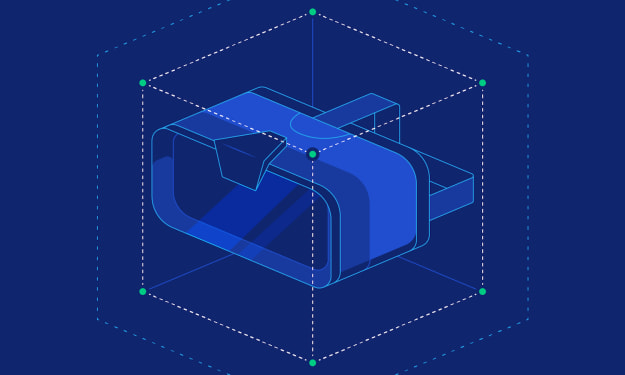The Benefits of 3D Modeling for Historical Preservation and Restoration
3D modeling

Historical preservation and restoration is an important aspect of architecture and design. It involves the preservation and restoration of historic buildings, structures, and landscapes to protect cultural heritage and maintain a connection to the past. 3D modeling has revolutionized the field of historical preservation and restoration, offering a range of benefits for architects, historians, and other professionals in the industry. In this blog, we'll explore some of the benefits of 3D modeling for historical preservation and restoration.
Accurate Documentation
One of the primary benefits of 3D modeling for historical preservation and restoration is the ability to create highly accurate documentation of historic buildings and structures. By using 3D modeling software, architects and historians can create detailed digital models of historic buildings and landscapes, capturing every detail of the original structure. This can be used to create a comprehensive record of the building's history, including changes and modifications made over time.
Virtual Restoration
3D modeling can also be used to create virtual restorations of historic buildings and structures. By using historical documentation and photographs, architects and historians can create digital models of what a building looked like in its original state. This can be used to explore different restoration options, allowing architects to experiment with different materials and design options before committing to a particular approach.
Improved Design and Planning
3D modeling can also be used to improve the design and planning process for historical preservation and restoration projects. By creating digital models of historic buildings and landscapes, architects can identify potential issues and challenges before beginning restoration work. This can help to reduce errors and delays during the restoration process, ensuring that the building is preserved and restored as accurately as possible.
Better Communication
3D modeling can also improve communication among stakeholders in historical preservation and restoration projects. By using digital models, architects and historians can more easily communicate their vision for the restoration, helping to ensure that everyone involved in the project is on the same page. This can help to reduce misunderstandings and ensure that the restoration meets the expectations of all stakeholders.
Preservation of Cultural Heritage
Perhaps the most important benefit of 3D modeling for historical preservation and restoration is the preservation of cultural heritage. By creating accurate digital models of historic buildings and structures, architects and historians are able to preserve cultural heritage for future generations. This can help to ensure that the stories and history of these buildings and structures are not lost over time.
Preservation of Fragile or Damaged Structures
3D modeling can be especially useful for preserving fragile or damaged historic structures. By creating digital models of these structures, architects and historians can identify areas that need to be reinforced or stabilized to prevent further deterioration. They can also experiment with different restoration options to find the most effective approach for preserving the structure.
Education and Outreach
Digital models created through 3D modeling can be used for educational and outreach purposes. They can be shared with the public through online platforms, museum exhibits, and educational programs, allowing people to explore and learn about historic structures and landscapes. 3D Modeling Services provide a freeform pattern on its surface. This can help to raise awareness about the importance of historic preservation and encourage more people to get involved in preservation efforts.
Cost Savings
While 3D modeling for historical preservation and restoration requires an investment in technology and software, it can ultimately lead to cost savings over the long term. By identifying potential issues and challenges in advance, architects and historians can avoid costly mistakes during the restoration process. They can also experiment with different restoration options virtually, which can help to reduce the cost of materials and labor during the restoration process.
Increased Efficiency
3D modeling can also increase efficiency during the restoration process. By creating accurate digital models, architects and historians can develop detailed restoration plans, which can help to ensure that the restoration work is completed efficiently and on schedule. They can also use digital models to communicate more effectively with contractors and builders, helping to ensure that everyone involved in the restoration project is working toward the same goals.
Improved Safety
Finally, 3D modeling can improve safety during the restoration process. By identifying potential hazards and challenges in advance, architects and historians can take steps to ensure the safety of workers and visitors during the restoration process. They can also use digital models to experiment with different safety protocols and equipment, helping to reduce the risk of accidents or injuries.
Conclusion
In conclusion, 3D modeling is a powerful tool for historical preservation and restoration. It offers a range of benefits, from preserving fragile or damaged structures to education and outreach, cost savings, increased efficiency, and improved safety. As technology continues to advance, it's likely that 3D modeling will play an increasingly important role in the preservation and restoration of historic buildings, structures, and landscapes.
About the Creator
Wikiam James
I'm Working as a 3D modeler and designer In a modeling firm in 3D. The ITS department offers cutting-edge 3D Modeling Services. A large group of highly trained and experienced individuals who assist organizations in remaining competitive.





Comments
There are no comments for this story
Be the first to respond and start the conversation.